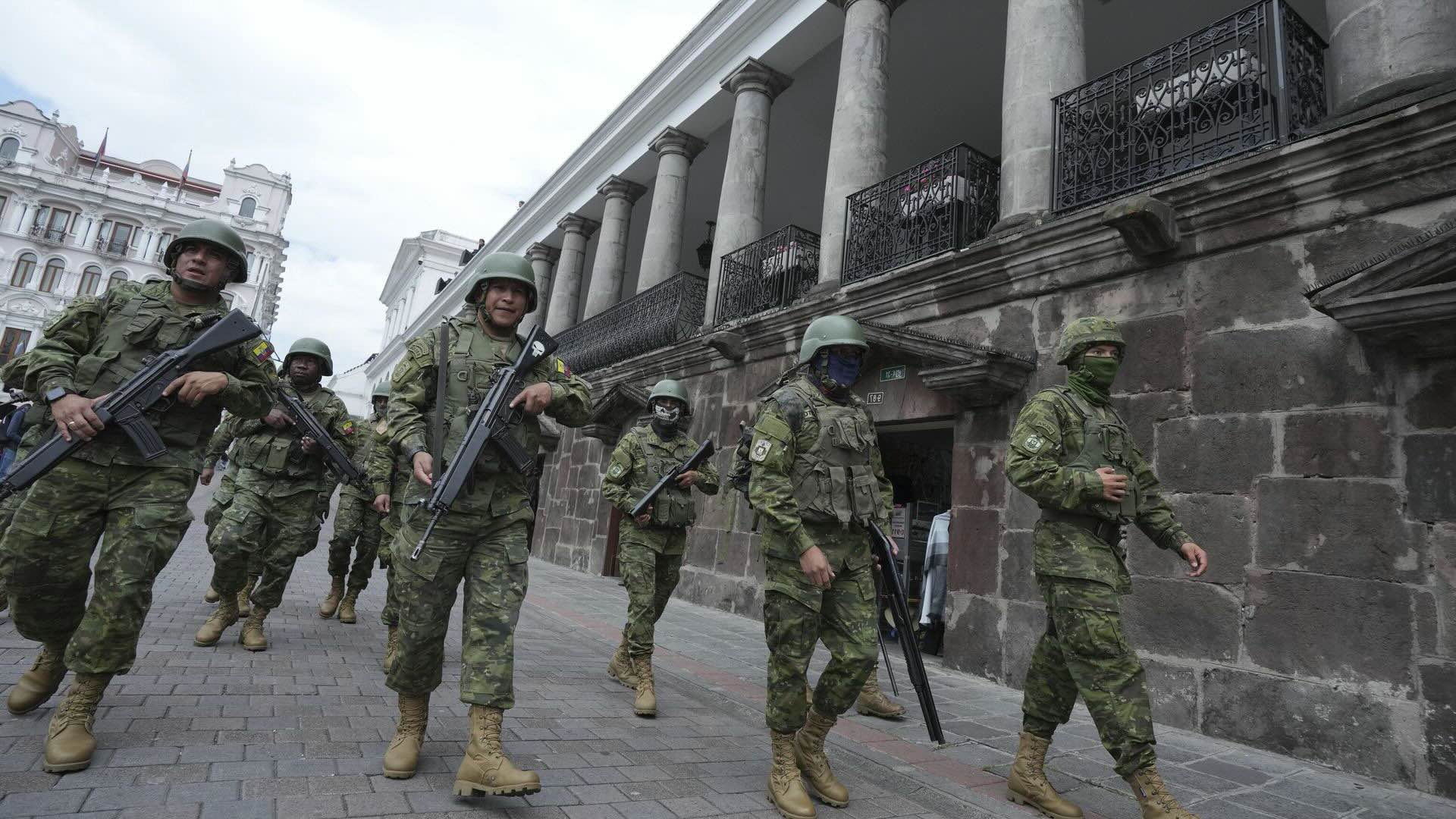
Internal conflict in Peru has shaped the country's history and culture in profound ways. From the struggles of indigenous populations to the rise of insurgent groups like the Shining Path, these conflicts have left lasting impacts. Did you know that the Shining Path, a Maoist guerrilla group, was responsible for over 30,000 deaths during the 1980s and 1990s? Peru's internal strife isn't just about armed conflict; it also involves political, social, and economic dimensions. Understanding these conflicts helps us grasp the complexities of modern Peru. In this post, we'll explore 30 intriguing facts that shed light on the various facets of Peru's internal struggles.
Key Takeaways:
- The internal conflict in Peru, involving guerrilla groups and the government, caused deep suffering for ordinary Peruvians, leading to displacement, violence, and psychological scars.
- Despite the challenges, Peru continues to work towards healing and unity, addressing social issues and supporting affected communities in their journey towards peace.
Historical Background
Understanding the internal conflict in Peru requires a look back at its origins and key events. This conflict has shaped the country's history and continues to influence its present.
- The internal conflict in Peru began in 1980, primarily involving the Peruvian government and the Maoist guerrilla group, Shining Path.
- Shining Path, also known as Sendero Luminoso, was founded by Abimael Guzmán, a former philosophy professor.
- The conflict also involved another guerrilla group, the Túpac Amaru Revolutionary Movement (MRTA), though they were less influential than Shining Path.
- The conflict was rooted in deep social inequalities and widespread poverty in rural areas.
- Shining Path aimed to overthrow the existing government and replace it with a communist regime.
Key Events
Several significant events marked the course of the internal conflict, each contributing to its complexity and impact.
- In 1983, the Lucanamarca massacre saw Shining Path militants kill 69 villagers, marking one of the conflict's most brutal episodes.
- The capture of Abimael Guzmán in 1992 was a turning point, significantly weakening Shining Path's operations.
- The Japanese embassy hostage crisis in 1996-1997, orchestrated by MRTA, ended with a dramatic rescue operation by Peruvian commandos.
- The Truth and Reconciliation Commission (TRC) was established in 2001 to investigate human rights abuses during the conflict.
- The TRC estimated that around 69,000 people died or disappeared during the conflict.
Human Impact
The conflict had a profound impact on the lives of ordinary Peruvians, particularly those in rural areas.
- Many rural communities were caught in the crossfire, suffering violence from both guerrilla groups and government forces.
- Thousands of people were displaced from their homes, seeking safety in urban areas.
- Women and children were particularly vulnerable, often subjected to violence and exploitation.
- The conflict left deep psychological scars, with many survivors experiencing trauma and loss.
- Efforts to rebuild and reconcile continue to this day, with various programs aimed at supporting affected communities.
Government Response
The Peruvian government's response to the conflict evolved over time, involving both military and political strategies.
- Initially, the government underestimated Shining Path's strength, leading to ineffective counterinsurgency efforts.
- President Alberto Fujimori's administration (1990-2000) took a hardline approach, implementing harsh anti-terrorism laws.
- Fujimori's government also established special military tribunals to try suspected terrorists, often resulting in human rights abuses.
- The government's use of death squads and extrajudicial killings further complicated the conflict.
- Despite these measures, the capture of Shining Path's leadership in the early 1990s was crucial in reducing the group's influence.
International Involvement
The international community played a role in addressing the conflict, providing support and condemning human rights violations.
- Various human rights organizations, including Amnesty International, documented abuses and advocated for victims.
- The United States provided military aid to Peru, aimed at strengthening counterinsurgency efforts.
- International pressure led to the establishment of the Truth and Reconciliation Commission.
- The United Nations also monitored the situation, offering support for peacebuilding initiatives.
- Foreign governments and NGOs have since contributed to post-conflict reconstruction and development projects.
Legacy and Ongoing Challenges
The legacy of the internal conflict in Peru continues to shape the country's social and political landscape.
- The conflict highlighted deep-seated issues of inequality and marginalization in Peruvian society.
- Efforts to address these issues have led to various social and economic reforms.
- However, remnants of Shining Path still exist, primarily involved in drug trafficking in remote areas.
- The memory of the conflict remains a sensitive topic, with ongoing debates about justice and reconciliation.
- Peru's journey towards healing and unity is ongoing, with continued efforts to support affected communities and promote peace.
Final Thoughts on Peru's Internal Conflict
Peru's internal conflict, spanning from 1980 to 2000, left deep scars on the nation. The violence between the Shining Path, MRTA, and government forces resulted in over 69,000 deaths. This period saw widespread human rights abuses, including forced disappearances and extrajudicial killings. The Truth and Reconciliation Commission, established in 2001, played a crucial role in documenting these atrocities and seeking justice for victims. Despite the conflict's end, its legacy continues to impact Peruvian society, with ongoing efforts to address the trauma and rebuild communities. Understanding this dark chapter in Peru's history is essential for fostering reconciliation and preventing future violence. By acknowledging the past, Peru can move towards a more peaceful and just future.
Frequently Asked Questions
Was this page helpful?
Our commitment to delivering trustworthy and engaging content is at the heart of what we do. Each fact on our site is contributed by real users like you, bringing a wealth of diverse insights and information. To ensure the highest standards of accuracy and reliability, our dedicated editors meticulously review each submission. This process guarantees that the facts we share are not only fascinating but also credible. Trust in our commitment to quality and authenticity as you explore and learn with us.
